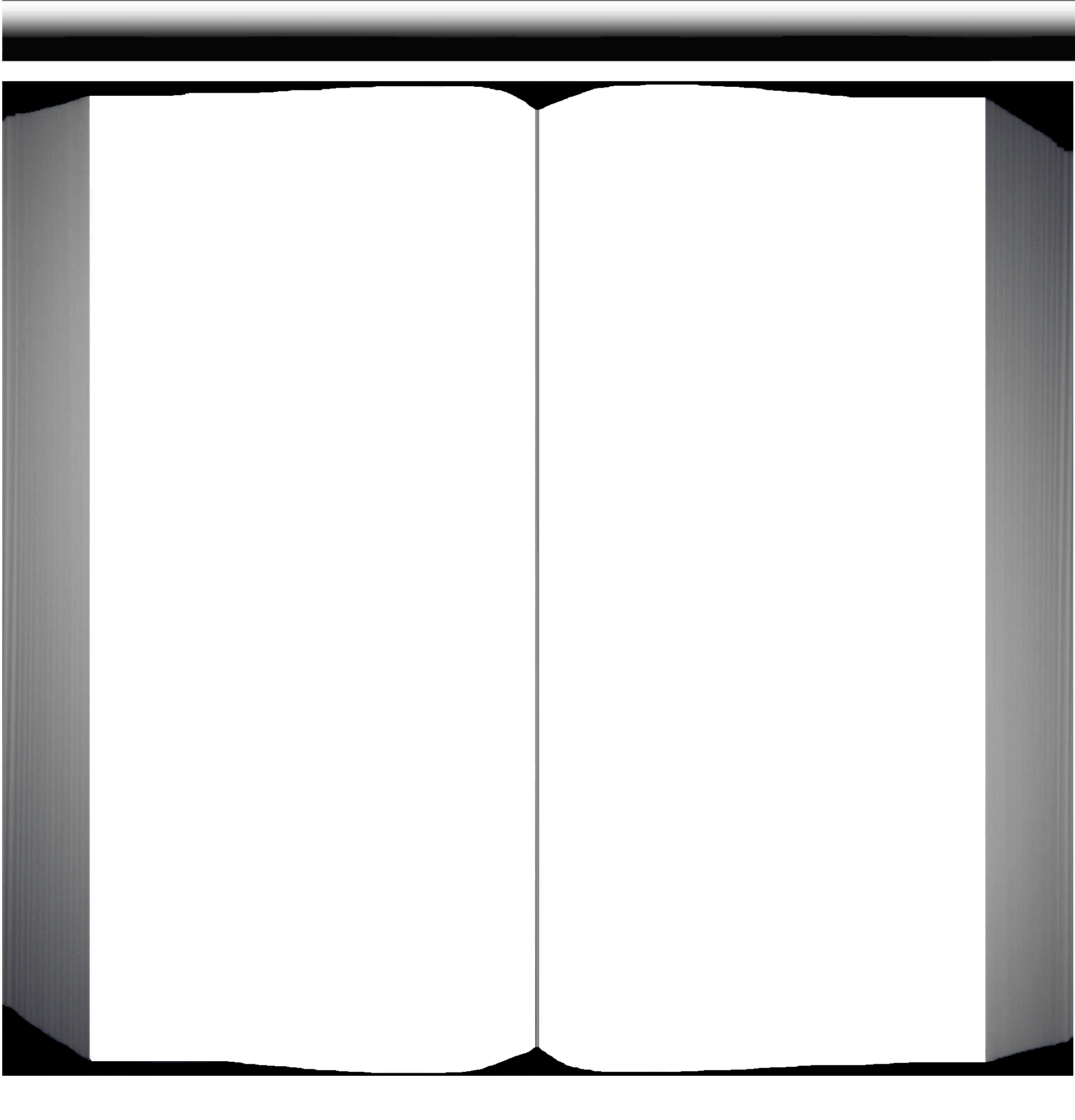

In 1917 the British Navy introduces its convoy system creating safe passage across the Atlantic.
Since the defeating of the Spanish Armada in 1588 the British Royal Navy seemed invincible but the First World War brought a new type of naval warfare, the U-Boat. These new German boats were designed to attack military vessels and appeared on paper to be a formidable weapon against the might of the British Royal Navy. Without true radar (that could determine range as well as direction), which was not invented until 1935 by Sir Robert Watson Watt, U-Boats were the perfect stealth vessel that could take out a warship with a single shot before being detected. But when tested in the field against the British naval fleet they proved less effective. Their slow speed meant that most ships would move out before they could be targeted and they could only view the target from the surface. The Germans soon found a new more affective use for their fleet.
Britain had created a naval blockade of Germany very quickly upon the outbreak of war and by November 1914 they had declared the North Sea a war-zone and stated that any ship entering the area would do so at its own risk. The blockade was to prevent any ship from transporting contraband of war to their enemy. Germany wanted to retaliate but in kind but didn’t have the resources to patrol the waters and search ships and therefore on the 4th of February 1915 Germany announced that all the waters surrounding the UK were a War Zone and any vessel be it enemy or neutral would be fired upon.
German U-Boat attacks on merchant and civilian ships were great and they destroyed many thousands of vessels coming from the America’s. By August 1915 German U-Boats had been adapted to lay mines, destroying all ships indiscriminately. Throughout WWI German U-Boats were sinking an average of 2 ships a day. It was the continuous destruction of US civilian and merchant vessels that caused the United States to join the war on the 6th of April 1917 and in that month alone, which was the worst of the war, U-Boats had destroyed 373 ships.
In order to ensure the safety of their new allies transporting soldiers and weapons to Europe, the Royal Navy introduced a system of convoys. Around fifty American Ships would be escorted by a cruiser, six destroyers, 11 armed trawlers and two torpedo boats with aerial reconnaissance equipment that could detect the movement of underwater submarines.
WWI normally conjures images of trench warfare but it was the naval warfare that ultimately affected the outcome of the War. The blockade by the Royal Navy and continued advance of the allied troops in the trenches had financially crippled the Germans and they were running drastically low on supplies. But it was when the German Navy was ordered to attack the British Royal Navy, with no chance of victory, that the German naval sailors began mass uprising against the German leaders (The Wilhelmshaven and Kiel Mutinies). This uprising was mirrored throughout Germany and with revolution in the air Germany was forced to effectively surrender to the Allies on the 11th of November 1918.